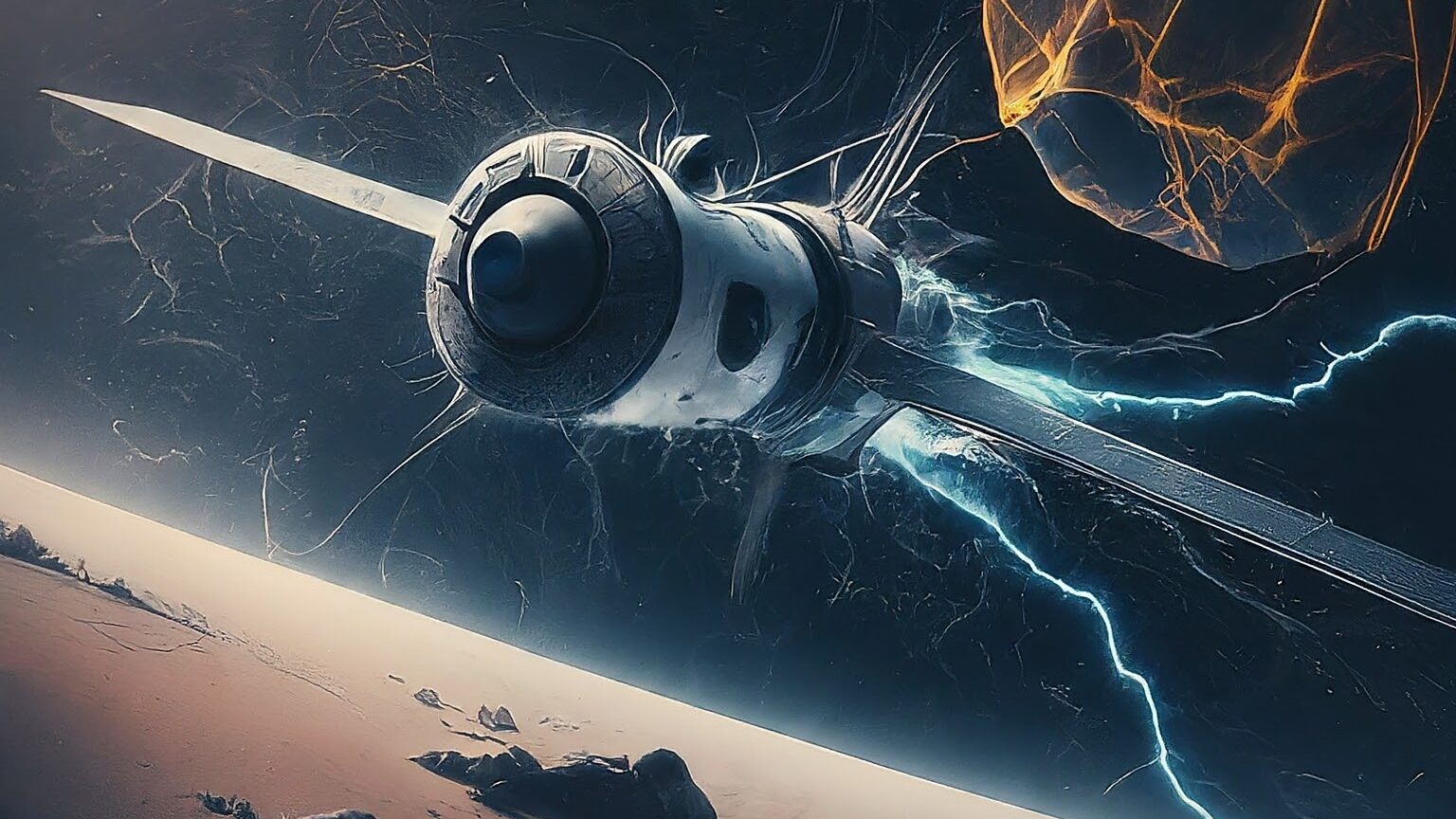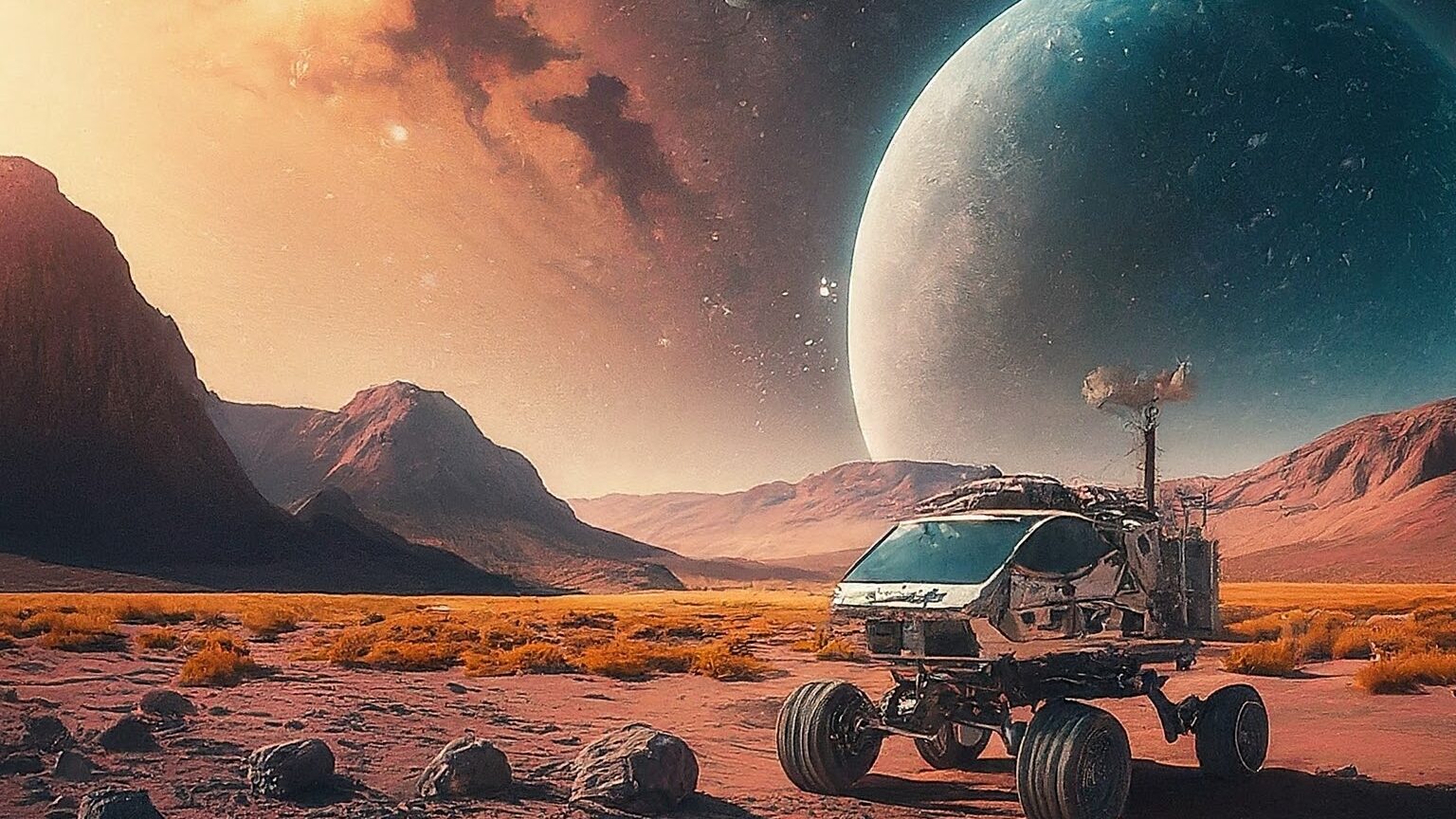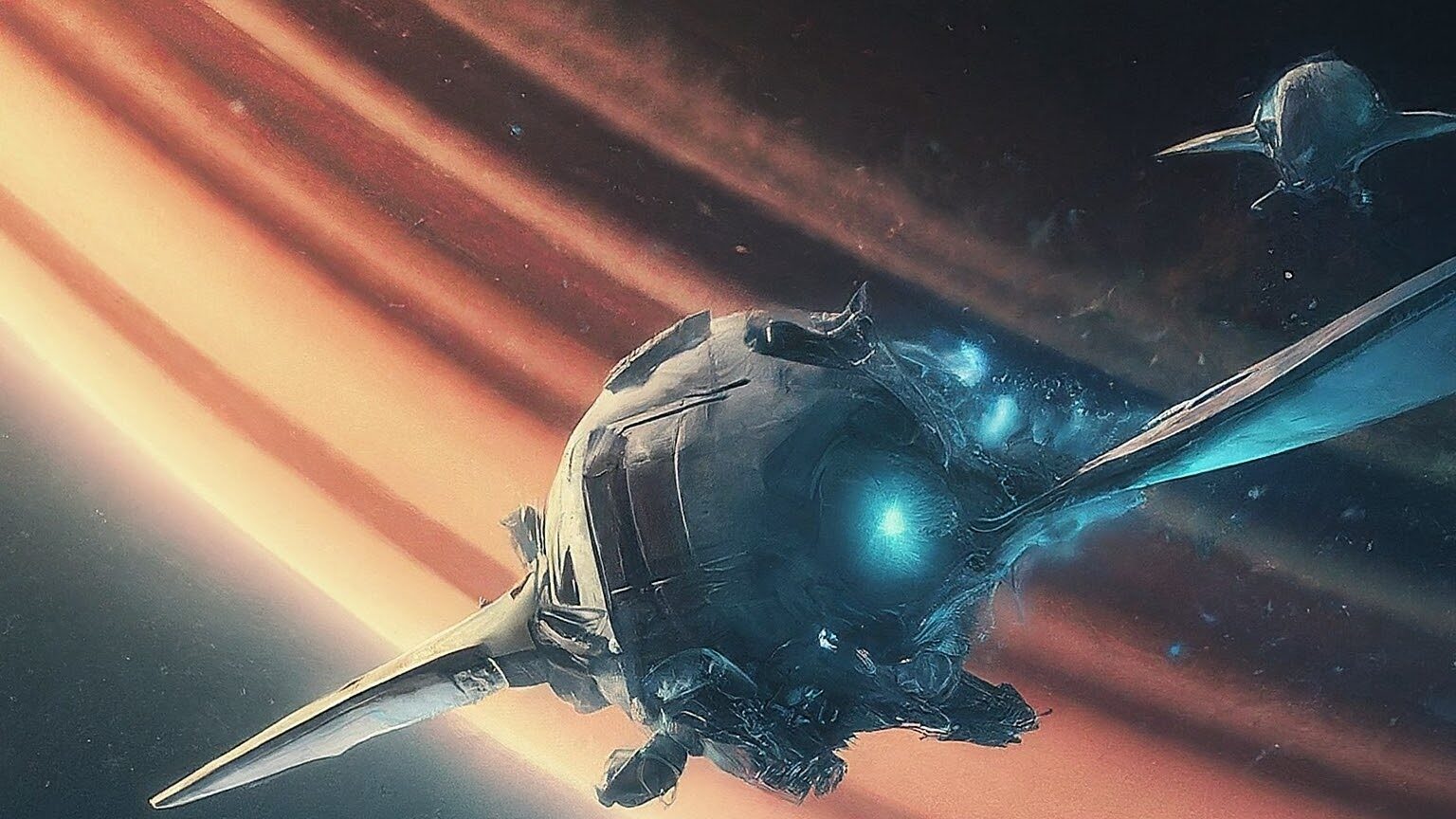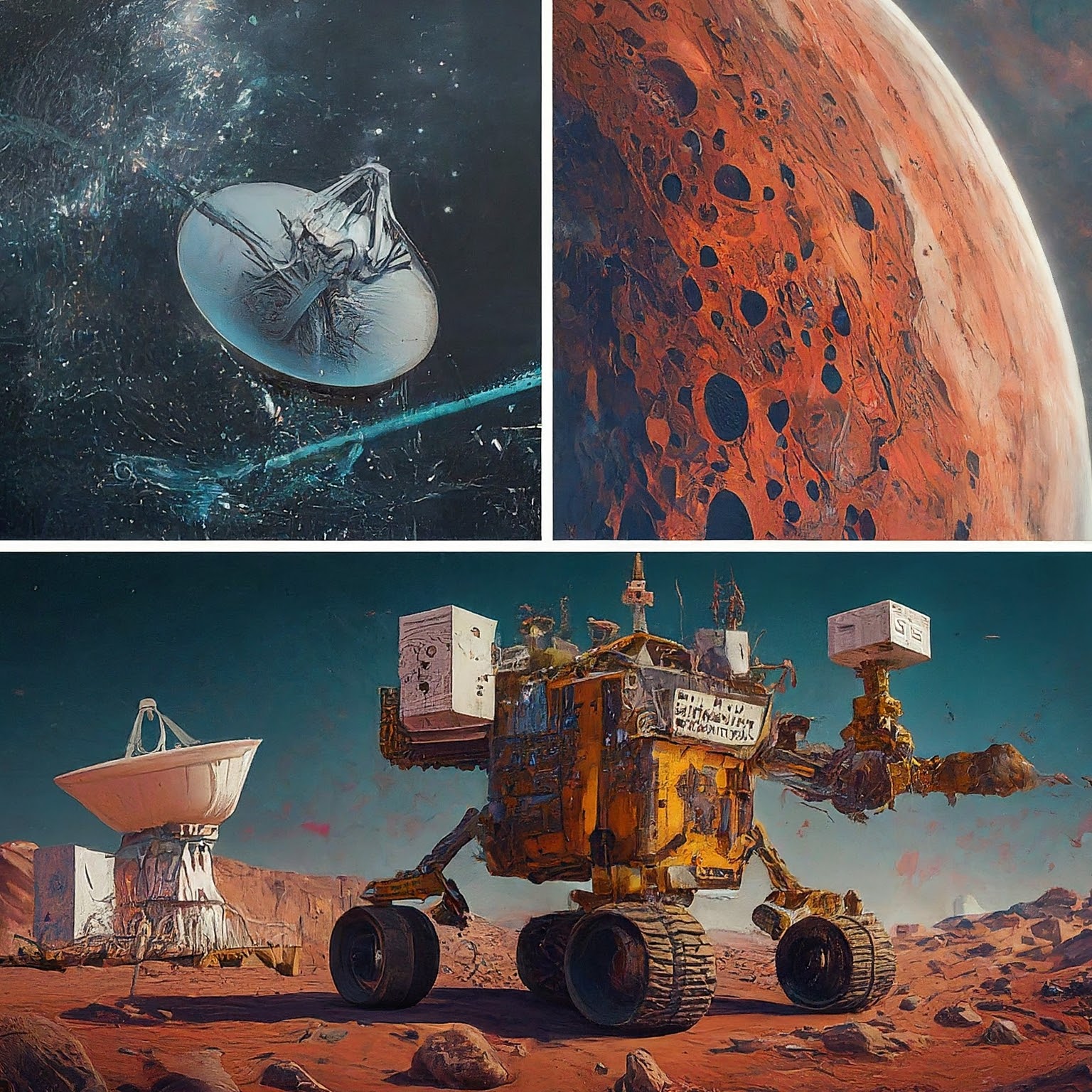Artificial Intelligence (AI) is revolutionizing the way we approach space missions, satellite technology, and planetary exploration. Its ability to process vast amounts of data, make autonomous decisions, and enhance the precision of space operations makes AI an indispensable tool in the space industry. This article delves into the role of AI in these areas, highlighting key advancements, applications, and the transformative impact of AI technologies on our understanding and exploration of the cosmos.
1. AI in Space Missions

i. Autonomous Spacecraft Navigation
One of the most significant contributions of AI in space missions is autonomous spacecraft navigation. Traditionally, space missions require constant monitoring and manual control from ground stations, which can be time-consuming and prone to delays due to the vast distances involved. AI-driven systems, however, enable spacecraft to navigate and make decisions autonomously, significantly reducing these challenges.
Example: NASA’s Autonomous Navigation System
NASA’s Autonomous Navigation System (AutoNav) is a prime example of AI in action. Used on missions such as the Deep Space 1 and the Mars rovers, AutoNav allows spacecraft to determine their own course and avoid obstacles without real-time human intervention. This technology was crucial for the Mars 2020 mission, where the Perseverance rover used AI to navigate the Martian surface, identify scientific targets, and avoid hazards.
ii. Fault Detection and Correction
AI systems also play a crucial role in fault detection and correction, ensuring the safety and success of space missions. These systems can analyze data from spacecraft sensors, identify anomalies, and take corrective actions to prevent mission failures.
Example: European Space Agency’s Mars Express
The European Space Agency’s (ESA) Mars Express mission uses AI for fault detection. The spacecraft’s AI system continuously monitors its instruments and subsystems, automatically correcting any detected issues. This capability has significantly increased the mission’s reliability and longevity, allowing scientists to gather more data over an extended period.
2. AI in Satellite Technology

i. Satellite Image Analysis
Satellites generate massive amounts of data, particularly images, which require efficient processing and analysis. AI and machine learning algorithms are increasingly used to analyze satellite imagery, enabling faster and more accurate insights.
Example: Planet Labs
Planet Labs, a private satellite operator, uses AI to analyze imagery from its constellation of Earth observation satellites. By applying machine learning algorithms, they can quickly identify changes in land use, monitor environmental conditions, and track natural disasters in near real-time. This rapid analysis is crucial for timely decision-making in disaster response and environmental management.
ii. Optimizing Satellite Operations
AI is also used to optimize satellite operations, from improving the efficiency of communication networks to predicting and managing satellite trajectories.
Example: Intelsat and IBM Watson
Intelsat, a leading satellite service provider, collaborates with IBM Watson to optimize its satellite fleet operations. Using AI, they can predict satellite performance issues, optimize bandwidth allocation, and enhance overall service delivery. This results in more reliable and efficient satellite services for their customers.
3. AI in Planetary Exploration

i. Robotic Exploration
AI-powered robots are essential for exploring other planets and celestial bodies. These robots can operate in harsh environments, conduct scientific experiments, and send valuable data back to Earth.
Example: NASA’s Mars Rovers
NASA’s Mars rovers, such as Curiosity and Perseverance, utilize AI to navigate the Martian terrain, select research targets, and perform complex tasks autonomously. For instance, Perseverance’s AI-driven SuperCam instrument can analyze the chemical composition of rocks and soil, aiding the search for signs of past life on Mars. This autonomy allows the rover to conduct scientific experiments even when communication with Earth is delayed.
ii. Data Analysis and Interpretation
AI assists scientists in analyzing the vast amounts of data collected from space missions. Machine learning algorithms can identify patterns and anomalies in the data, leading to new discoveries.
Example: Kepler Space Telescope
The Kepler Space Telescope, tasked with finding Earth-like planets, uses AI to analyze the light curves of distant stars. Google AI researchers developed a neural network that sifted through Kepler data, leading to the discovery of two new exoplanets in the Kepler-90 system, demonstrating AI’s potential to accelerate scientific discovery. This breakthrough shows how AI can help us identify potential new worlds faster than traditional methods.
iii. Autonomous Decision-Making
AI enables spacecraft and robots to make autonomous decisions based on real-time data. This capability is particularly crucial for missions where communication delays with Earth are significant.
Example: ESA’s Rosetta Mission
During the Rosetta mission to comet 67P/Churyumov–Gerasimenko, AI algorithms helped the spacecraft make autonomous decisions, such as adjusting its orbit and conducting scientific observations. This autonomy allowed Rosetta to adapt to the unpredictable environment of the comet, ensuring the success of its scientific objectives.
4. The Future of AI in Space Exploration

i. Enhanced Human-Machine Collaboration
The future of space exploration will likely see enhanced collaboration between humans and AI. AI can assist astronauts by providing real-time data analysis, predictive maintenance for spacecraft, and even health monitoring.
Example: CIMON on the ISS
CIMON (Crew Interactive Mobile Companion) is an AI-powered assistant developed by IBM for the International Space Station (ISS). It can interact with astronauts, provide technical support, and access relevant information, enhancing the efficiency and safety of missions. CIMON’s ability to process natural language and provide contextual assistance demonstrates the potential for AI to be a valuable crew member in space missions.
ii. AI-Driven Space Habitats
As space agencies and private companies plan for long-duration missions and space habitats, AI will play a critical role in maintaining life support systems, managing resources, and ensuring the well-being of inhabitants.
Example: AI in Space Colonies
Future space colonies on the Moon or Mars could leverage AI to monitor environmental conditions, optimize resource utilization, and even assist in agricultural activities to support human life. AI systems could ensure that resources such as water, air, and food are efficiently managed, enhancing the sustainability of these colonies.
iii. Interstellar Exploration
AI could be the key to interstellar exploration, enabling spacecraft to operate independently over vast distances and time scales.
Example: Breakthrough Starshot
The Breakthrough Starshot initiative aims to send small, AI-powered spacecraft to the Alpha Centauri star system. These “star chips” would use AI to navigate and communicate back to Earth, potentially providing humanity’s first glimpse of another star system. This ambitious project illustrates how AI could enable us to explore beyond our solar system, opening up new frontiers in space exploration.
Conclusion
AI is undeniably transforming the landscape of space missions, satellite technology, and planetary exploration. From autonomous navigation and fault detection in spacecraft to advanced image analysis and robotic exploration, AI is enhancing our capabilities and expanding our reach into the cosmos. As technology continues to advance, the integration of AI in space exploration promises to unlock new frontiers, enabling discoveries that were once beyond our imagination. The collaboration between AI and human ingenuity will undoubtedly lead to unprecedented achievements in our quest to explore and understand the universe.
By staying at the forefront of AI advancements and leveraging these technologies, space agencies and private companies can push the boundaries of what is possible, ensuring that humanity’s exploration of space continues to evolve and thrive.





